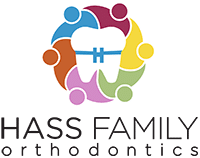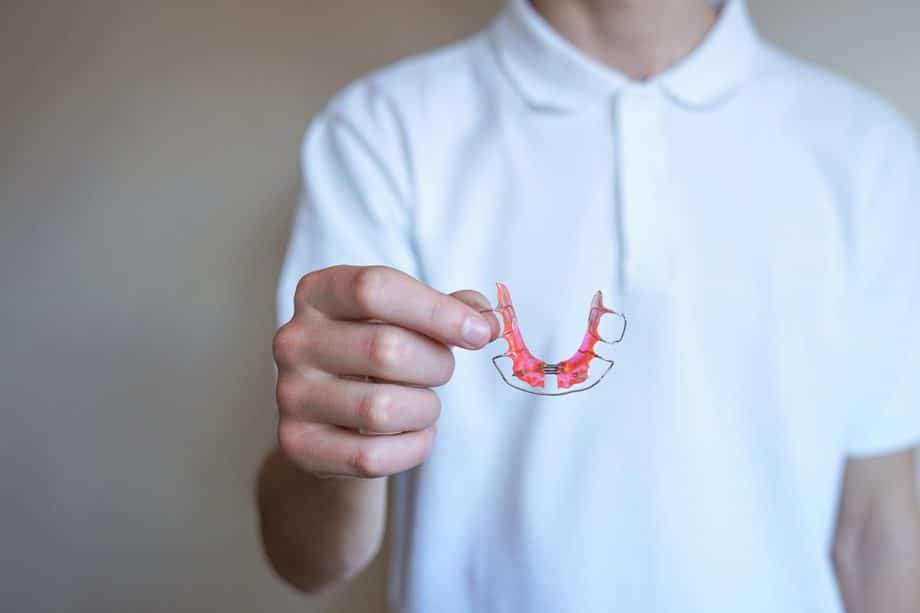At Hass Family Orthodontics, we know that getting a child used to a new orthodontic appliance—especially a palate expander—can be a little overwhelming for both parents and kids. While the benefits of early intervention are clear, the adjustment period can feel daunting. That’s why we’re here to guide you through what to expect, how to make the transition easier, and what strategies work best to help your child succeed with their palate expander.
Palate expanders are an essential part of early orthodontic treatment for many kids. They work by gradually widening the upper jaw, helping to correct bite issues, prevent crowding, and make future orthodontic treatment more effective. While it may take some getting used to at first, most kids adapt quickly, and with the right support, your child can too.
Know What to Expect in the First Week
Understanding what’s normal during the adjustment period can take a lot of stress off your shoulders. When we first place a palate expander, kids often notice changes in how their mouth feels, how they speak, and how they eat. These sensations can be surprising, but they’re completely normal and usually short-lived.
In the first few days, your child may say things like:
- “My mouth feels full.” It’s common for kids to describe a sensation of fullness or pressure on the roof of their mouth and against their back teeth. This is just the expander doing its job, and the feeling usually fades after a few days.
- “I sound funny when I talk.” Lisping or slight changes in speech are very normal early on. Talking may feel strange at first, and your child may have to work a bit harder to pronounce certain words. These issues typically resolve within a week or so as their tongue adapts.
- “My nose feels weird.” Some children report a tingling sensation under the eyes or around the bridge of the nose, especially after turning the expander key. This is due to the jawbone shifting slightly and is a normal response that doesn’t last long.
As long as you know what to expect, these early challenges won’t be so scary. Reassure your child that these sensations are temporary and part of the process of creating a healthier, straighter smile.
Be Prepared with Comfort Strategies and Tools
Preparation goes a long way when helping your child adjust to their new appliance. Before the palate expander is placed, stock up on a few essential items and come up with a plan to support your child’s comfort in the first week.
Here are a few helpful strategies:
- Manage discomfort proactively. A mild over-the-counter children’s pain reliever like ibuprofen or acetaminophen can ease any initial soreness, especially after turning the key. While many kids don’t need it, having it on hand provides peace of mind.
- Offer soft, easy-to-eat foods. During the first few days, your child may prefer foods that don’t require much chewing. Good options include yogurt, applesauce, smoothies, mashed potatoes, soups, pudding, and even a little ice cream for comfort. Avoid sticky, hard, or crunchy foods that could damage the expander.
- Keep things clean. Food can easily get caught in and around the appliance. Encourage your child to brush their teeth and expander thoroughly after meals. A syringe filled with water or a Waterpik can be a great way to rinse out lingering food particles.
- Time the key turns wisely. Some parents find that turning the key right before bedtime allows their child to sleep through any minor discomfort. Others split the adjustment into morning and night turns. Your orthodontist will give you specific guidance based on your child’s treatment plan.
With a few simple preparations, you can make the process smoother and help your child feel more confident and comfortable in the early days of wearing their palate expander.
Encourage a Positive Attitude and Sense of Control
How your child feels about their expander has a lot to do with how you present it. If you frame it as a positive, empowering experience, your child is more likely to embrace the process rather than resist it. Keep communication open and supportive, and let them know you’re proud of their effort.
Here are a few ways to boost cooperation and confidence:
- Talk about the benefits. Remind your child that this is a step toward a healthy, beautiful smile. Help them understand that their expander is doing important work that will pay off later.
- Celebrate small milestones. Acknowledge your child’s courage during the first week, or reward them after each key turn with something fun (like a sticker or extra story time).
- Give them some control. Letting your child help with simple steps, like choosing what soft food to eat or marking off their treatment calendar, helps them feel more in charge and less like things are happening to them.
If your child is particularly anxious, we can provide additional coaching and support. We're always available to answer questions, adjust appliances if needed, and reassure both kids and parents that everything is going according to plan.
Be Consistent, Patient, and Encouraging
The most important thing you can do is be consistent and patient. Like any new experience, wearing a palate expander comes with a learning curve. Some kids take to it immediately, while others need a little extra reassurance and encouragement. Either way, with your help, they’ll get there.
Turn the key on schedule, stick to good oral hygiene, and continue to support your child emotionally. Make sure they come in for regular follow-up appointments so we can check progress and make adjustments as needed.
You’re not in this alone—we’re here to guide your family every step of the way. Palate expanders are just one part of our comprehensive approach to early orthodontic treatment, and our goal is to make the process as smooth, comfortable, and rewarding as possible for your child.
Frequently Asked Questions About Early Orthodontics
How long will my child have to wear a palate expander?
Most children wear their palate expander for about 3 to 6 months. The active phase (when the expander is being adjusted) typically lasts 2 to 3 weeks, followed by a longer period where the appliance stays in place to stabilize the jaw’s new position. Your orthodontist will determine the best timeline for your child’s individual needs.
What happens if we miss a key turn?
Missing a key turn occasionally isn’t a huge problem, but consistency is key to successful treatment. If you miss a scheduled turn, resume your normal routine the next day and call our office if you're unsure whether adjustments are still on track. We’re here to help you stay on schedule and make corrections if needed.
At Hass Family Orthodontics, we specialize in helping children feel confident and comfortable throughout every step of their orthodontic journey. Whether your child needs a palate expander or another form of early intervention, our team is here to guide your family with warmth and expert care. Contact us to schedule a consultation and learn more about how we support young smiles every day.

